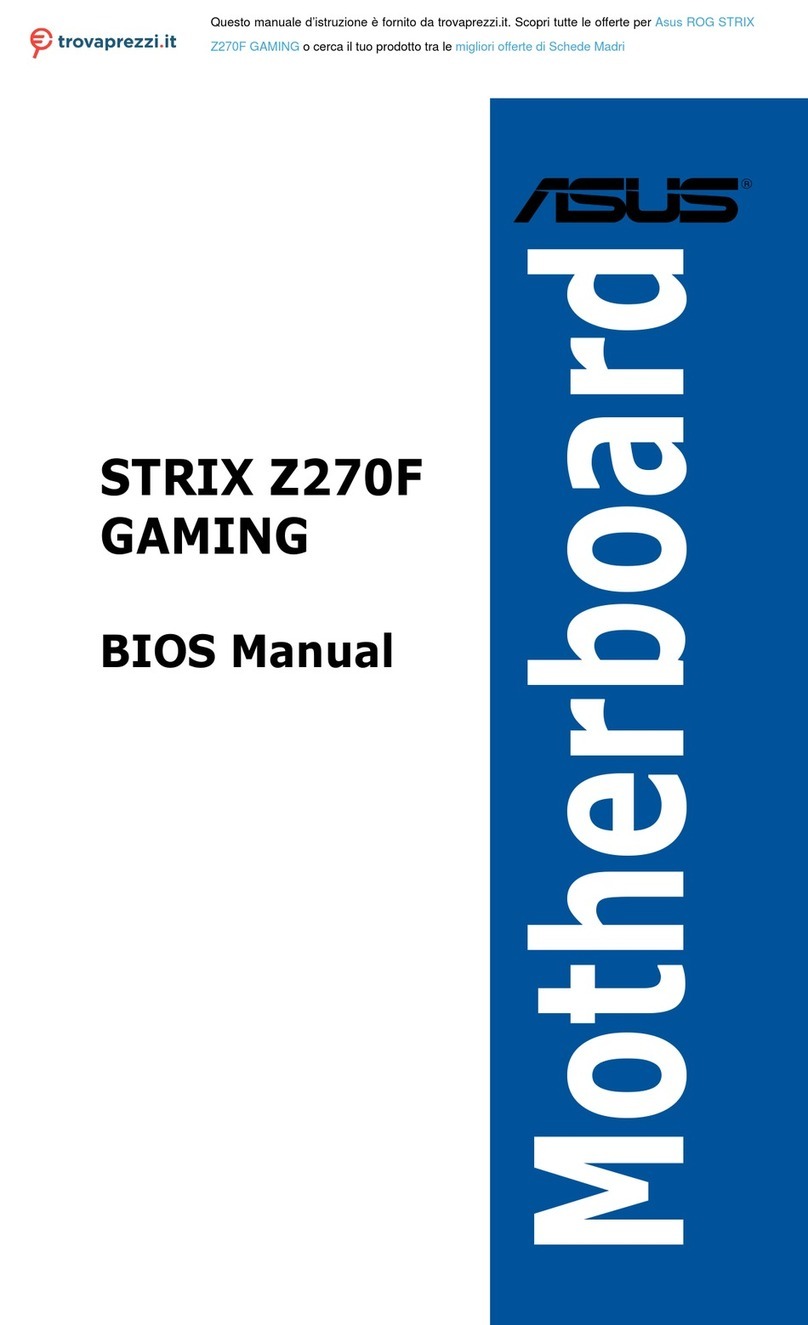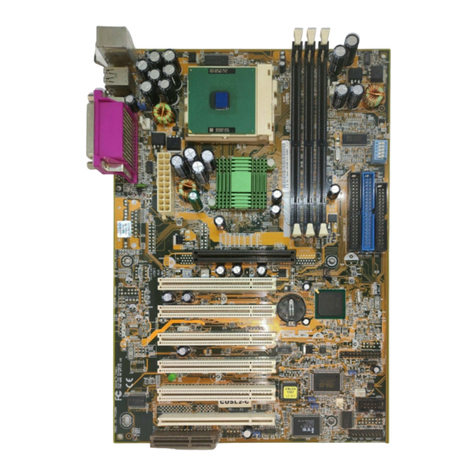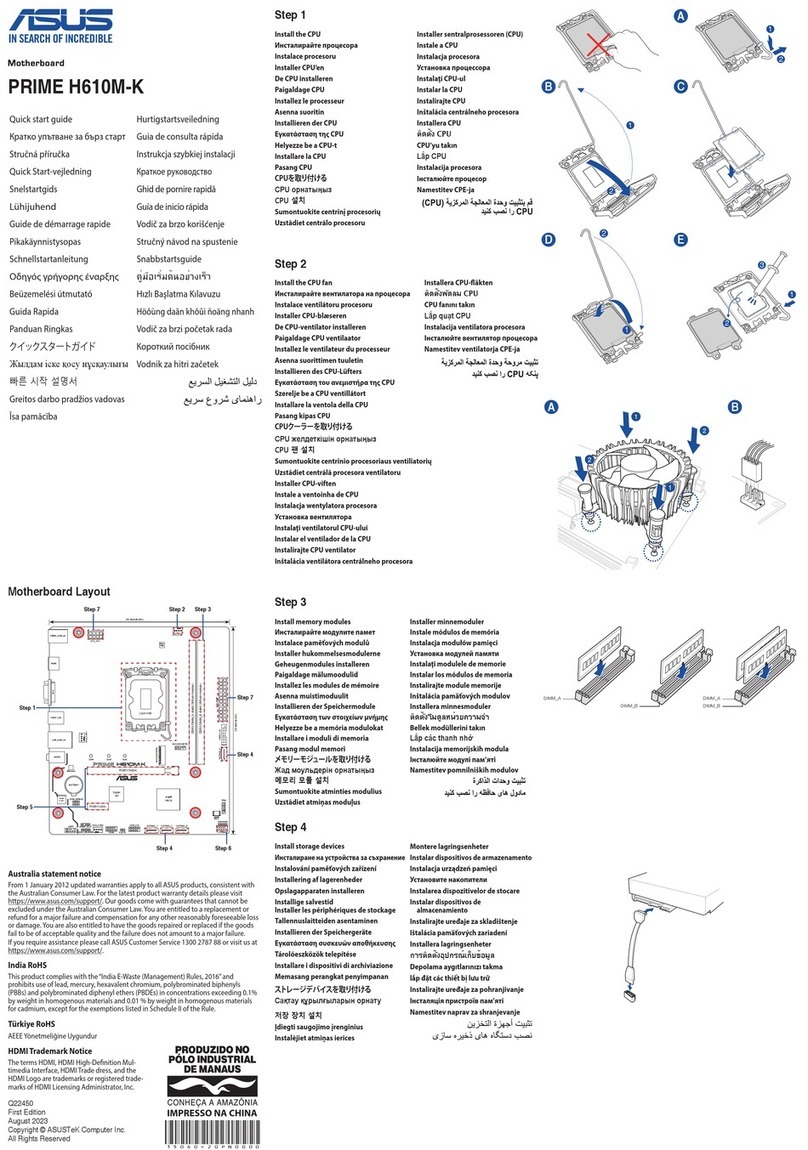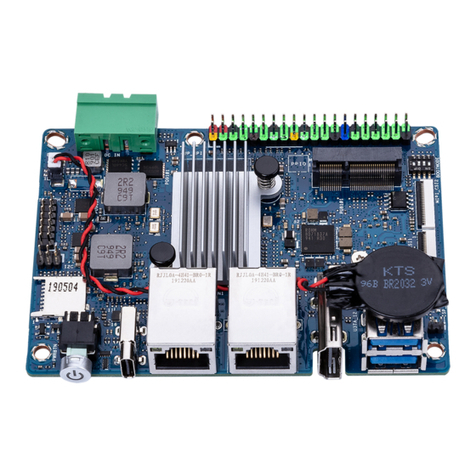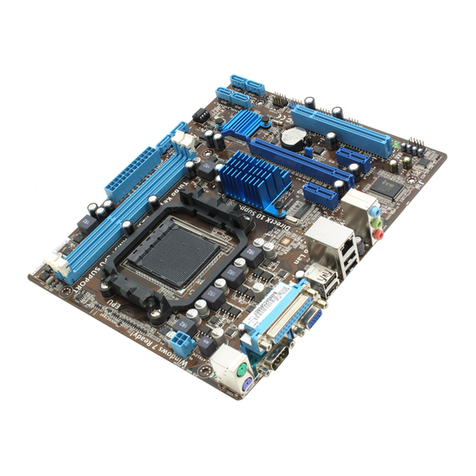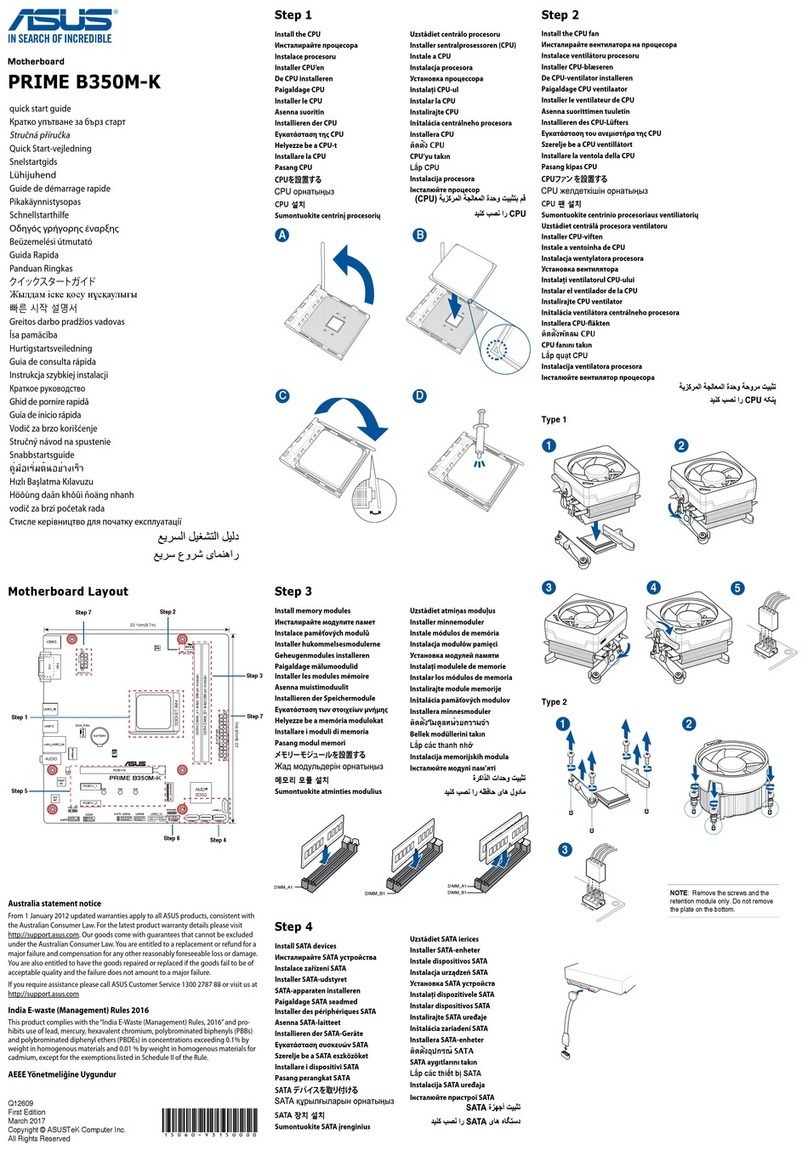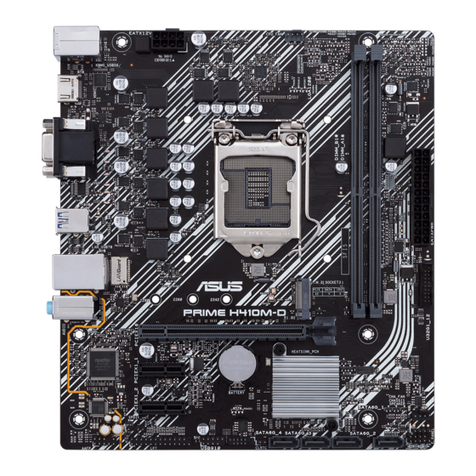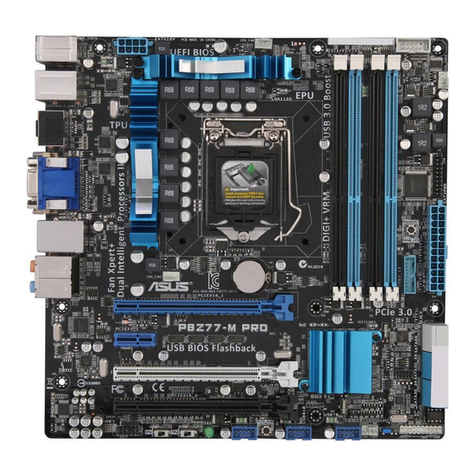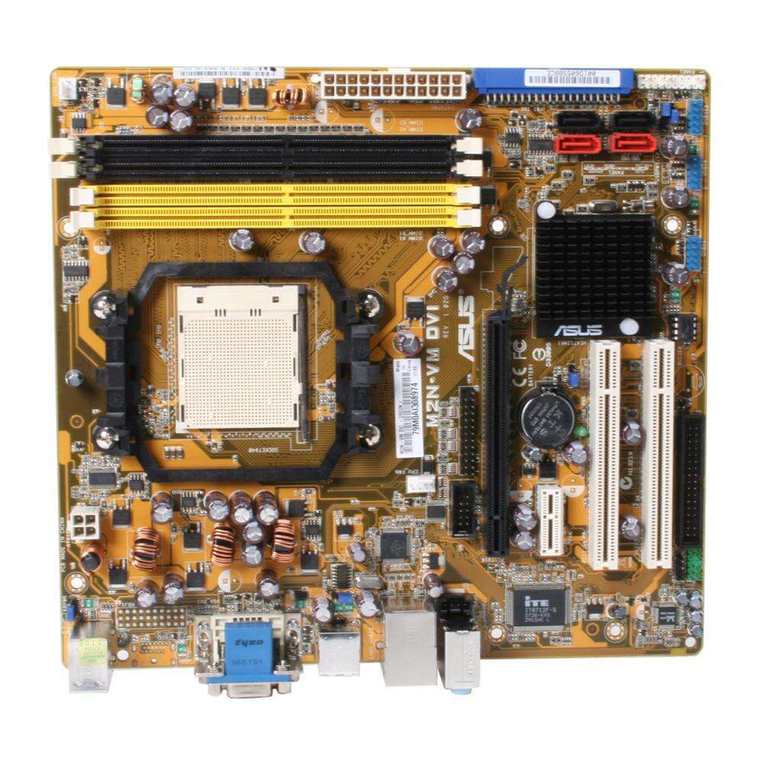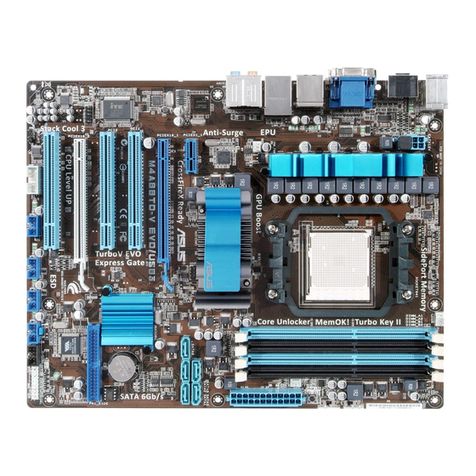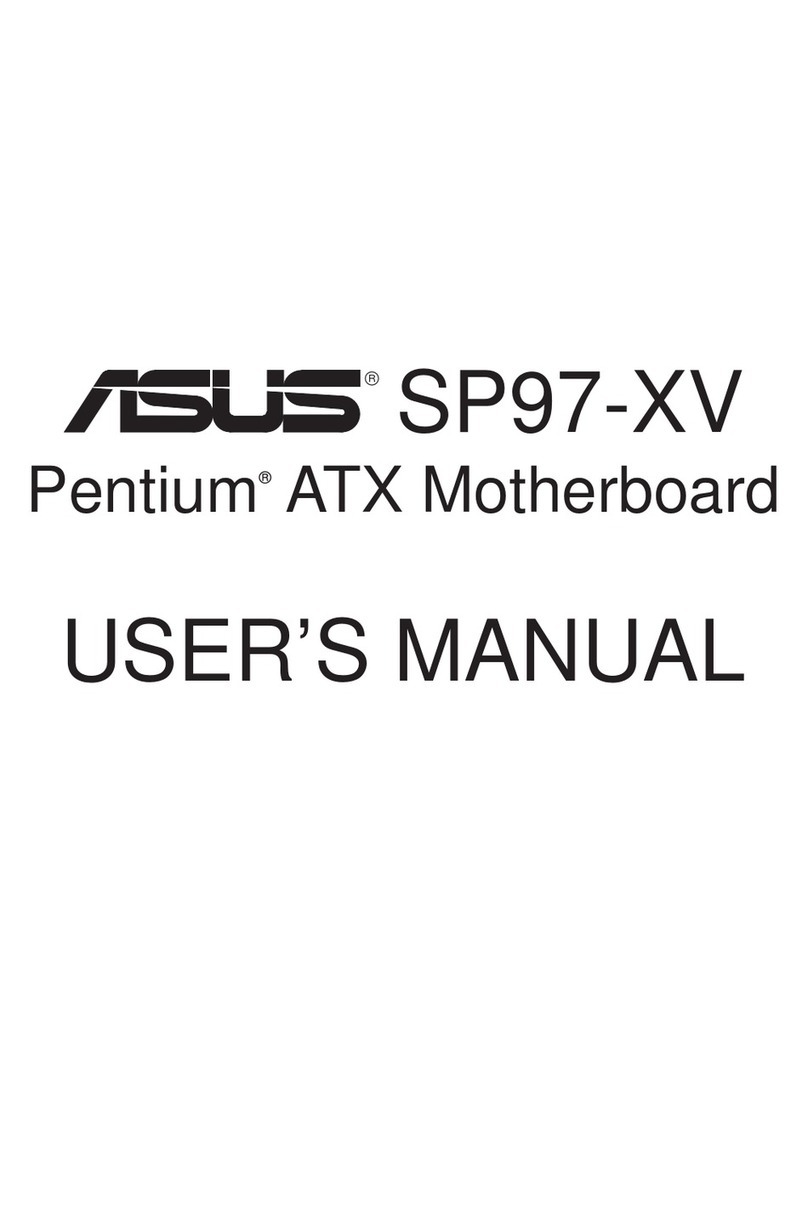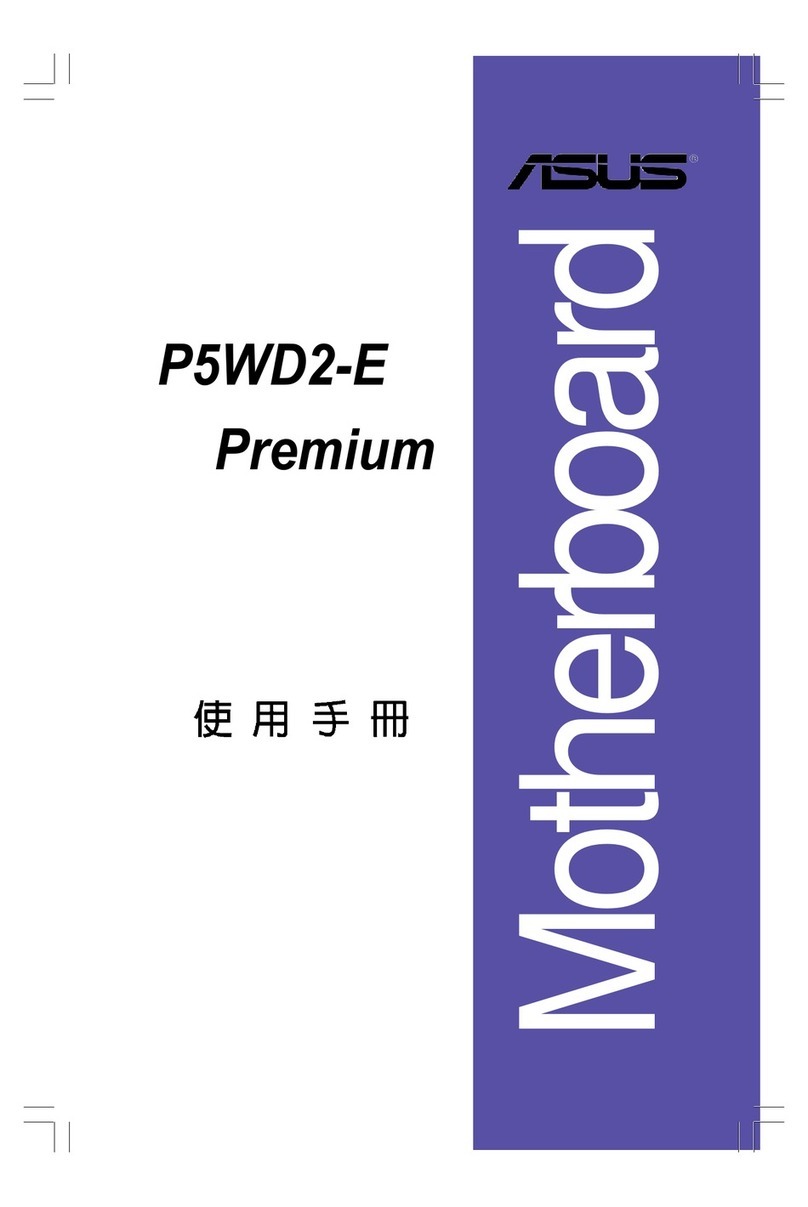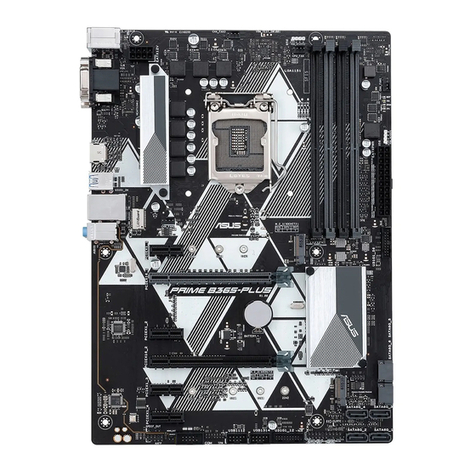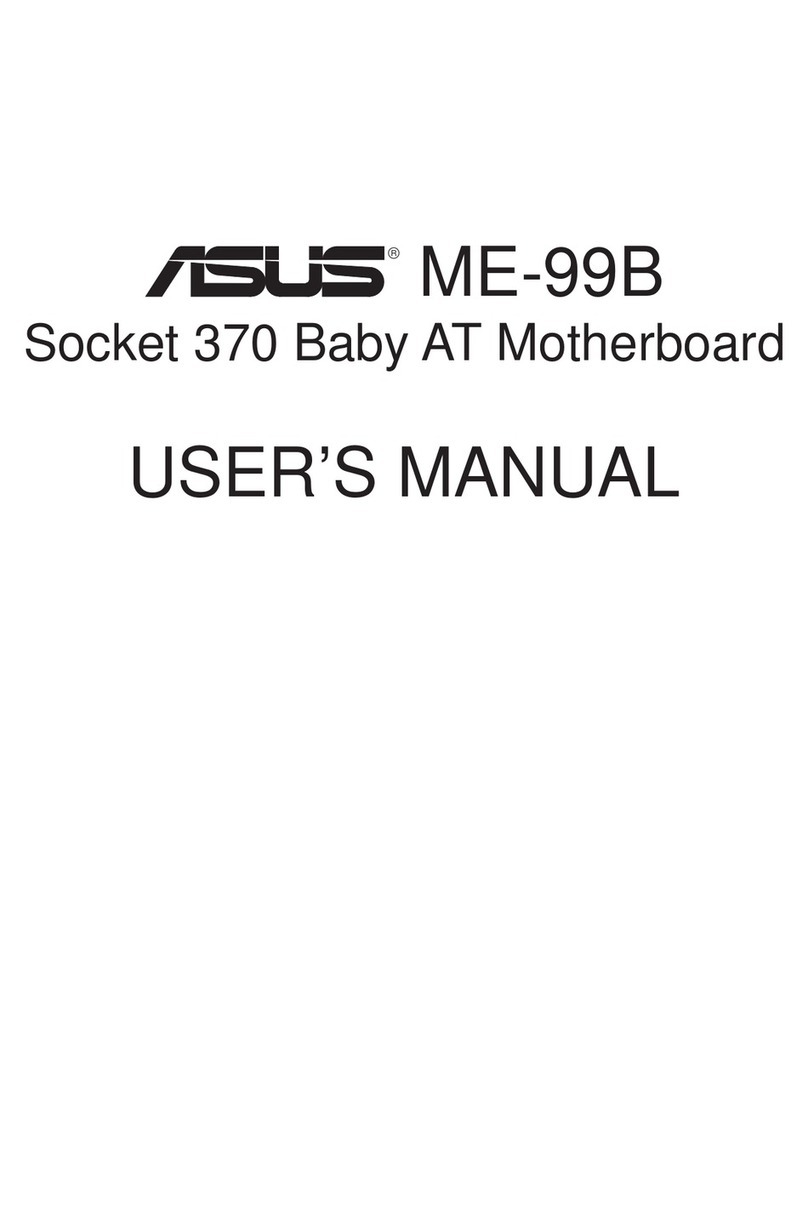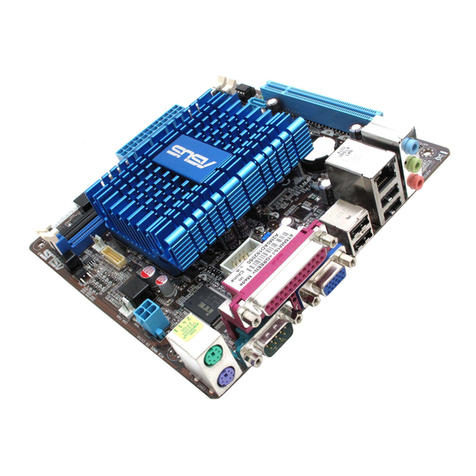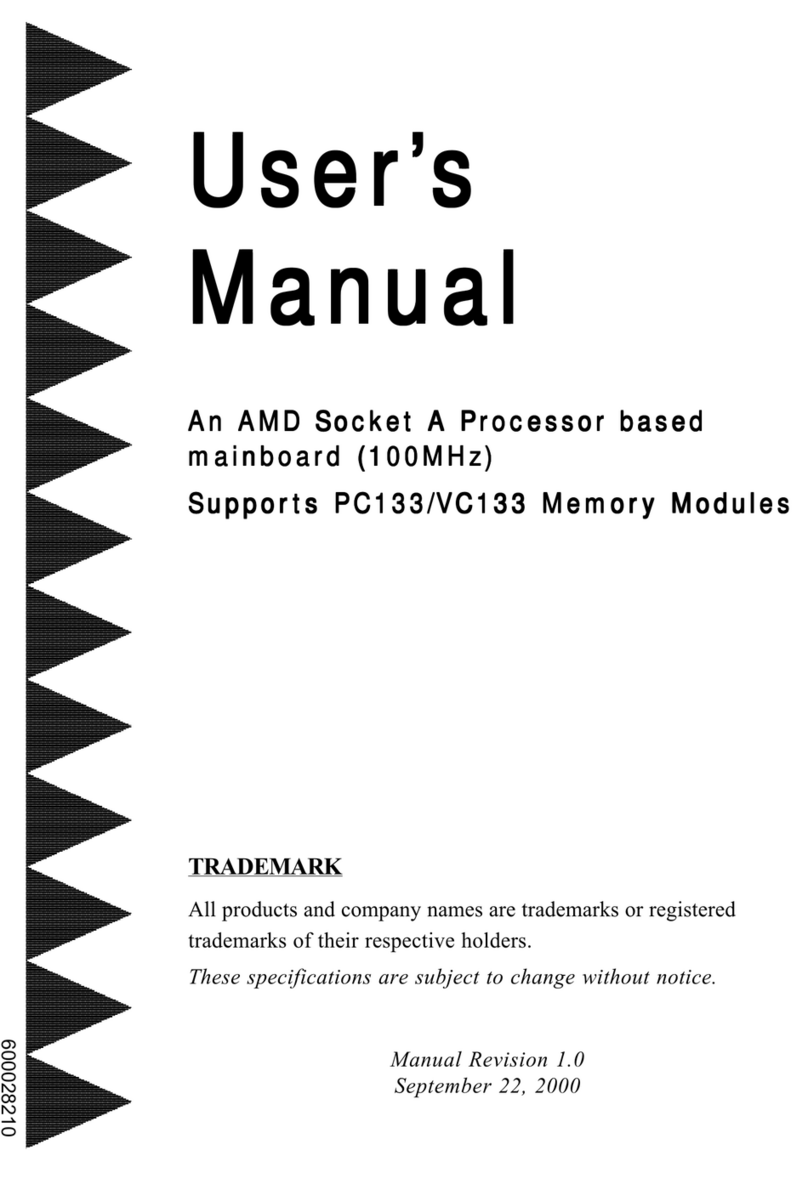
2 P/E-P55T2P4D User’s Manual
II. FEATURES
Features of This Motherboard
The P/E-P55T2P4D is carefully designed for the demanding corporate PC user who
wants a high performance server motherboard that:
•Easy Installation: Is equipped with BIOS that supports auto
detection of hard drives and Plug and Play to make setup of hard drives and
expansion cards virtually automatic.
•Multi-Processor/Multi-Speed Support: Supports two Pentium CPU (75-
200MHz). (See page 17)
•Intel Chipset: Features Intel's 430HX PCIset with EISA I/O subsystems.
•Error Checking and Correcting (ECC): Using Intel's 430HX PCIset to-
gether with parity DRAM modules can detect multi-bit memory
errors and correct 1-bit memory errors.
•DesktopManagementInterface (DMI): Supports DMI through BIOS which
allows hardware to communicate within a standard protocol
creating a higher level of compatibility (see section V).
•L2 Cache: This motherboard has 0KB cache onboard and uses a Pipelined
Burst Sychronous cache module to upgrade to 256KB or 512KB (See page
16 for compatible cache modules)
•Versatile DRAM Memory Support: Supports eight 72-pin SIMMs of 4MB,
8MB,16MB, 32MB, or 64MB to formamemory size between 8MB to 512MB.
SupportsbothFastPageMode(FPM)and Extended Data Output (EDO) SIMMs
(see page 14).
•EISA, ISA, and PCI Expansion Slots: Provides four 32-bit EISA slots, one
16-bit ISA slot, three 32-bit PCI slots, and one PCI/MediaBus 2.0 which al-
lows the use of either a standard PCI card or the ASUS MediaBus Card.
•ASUS MediaBus Rev 2.0: Features an expansion slot extension shared with
PCI Slot 4 for an optional high-performance expansion card which includes
two functions in one easy-to-install card. (For revision
compatibility information, please refer to page 20.)
•Super Multi-I/O: Provides two high-speed UART compatible serial ports
and one parallel port with EPP and ECP capabilities. UART2 can also be
directed from COM2 to the Infrared Module for wireless connections. Two
floppy drives of either 5.25" or 3.5" (1.44MB or 2.88MB) are also supported
without an external card. The Japanese "Floppy 3 mode" (3.5" 1.2MB)
floppy standard is also supported.
•NCR SCSI BIOS: This motherboard has firmware that supports the optional
ASUS PCI-SC200 SCSI controller cards. (see section VI)
(Features)
II. FEATURES
